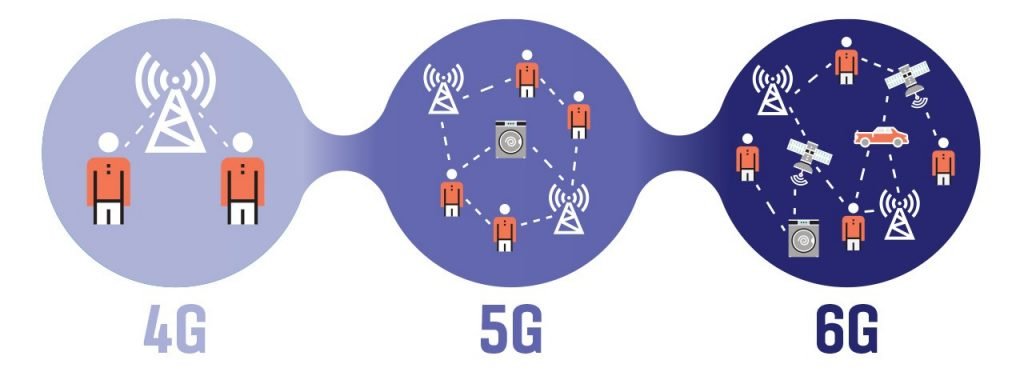As we advance through 2025, the telecommunications landscape is witnessing a paradigm shift with the emergence of 6G technology. Promising ultra-fast speeds, minimal latency, and seamless integration with AI, 6G is set to redefine how we connect and communicate. However, this rapid evolution also brings forth challenges that stakeholders must navigate carefully.
The Promise of 6G: Unprecedented Opportunities

1. Ultra-Fast Speeds and Low Latency
6G aims to deliver data rates reaching terabits per second and latency as low as one microsecond, facilitating real-time applications like remote surgeries and immersive virtual experiences.
2. AI Integration
Unlike its predecessors, 6G is envisioned to be AI-native, enabling networks to self-optimize and adapt dynamically to user needs, enhancing efficiency and reliability.
3. Global Connectivity
With advancements in satellite technology and the expansion of network infrastructure, 6G has the potential to provide ubiquitous connectivity, bridging digital divides across the globe.
The Challenges Ahead: Navigating the Complexities1. Infrastructure Overhaul
Implementing 6G requires significant upgrades to existing infrastructure, including the deployment of new hardware capable of handling higher frequencies and data rates.
2. Spectrum Allocation
The utilization of terahertz frequencies necessitates careful spectrum management to avoid interference and ensure optimal performance.
3. Security Concerns
As networks become more complex and integrated with AI, ensuring robust cybersecurity measures is paramount to protect against potential threats and vulnerabilities.
Global Initiatives: Leading the 6G Charge
India’s Ambitious Goals
India is positioning itself as a key player in the 6G arena, aiming to contribute 10% of global 6G patents by 2027. The government’s focus on strengthening telecom safety and citizen connectivity underscores its commitment to leading in next-generation telecommunications.
Telstra’s Strategic Vision
Australian telecom giant Telstra has unveiled its “Connected Future 30” strategy, emphasizing investments in network infrastructure and AI to prepare for the 6G era. The plan includes a $3.2 billion annual investment and aims to enhance customer experiences through advanced technologies.
Conclusion: Embracing the 6G Future
The advent of 6G technology in 2025 heralds a new era of connectivity, offering transformative benefits across various sectors. However, realizing its full potential requires addressing the associated challenges through collaborative efforts among governments, industries, and academia. As we stand on the cusp of this technological revolution, embracing both the opportunities and complexities of 6G will be crucial in shaping a connected and inclusive future.
ALSO READ: Inside The Mind Of A Killer: Unraveling The Psychology Behind Heinous Crimes












